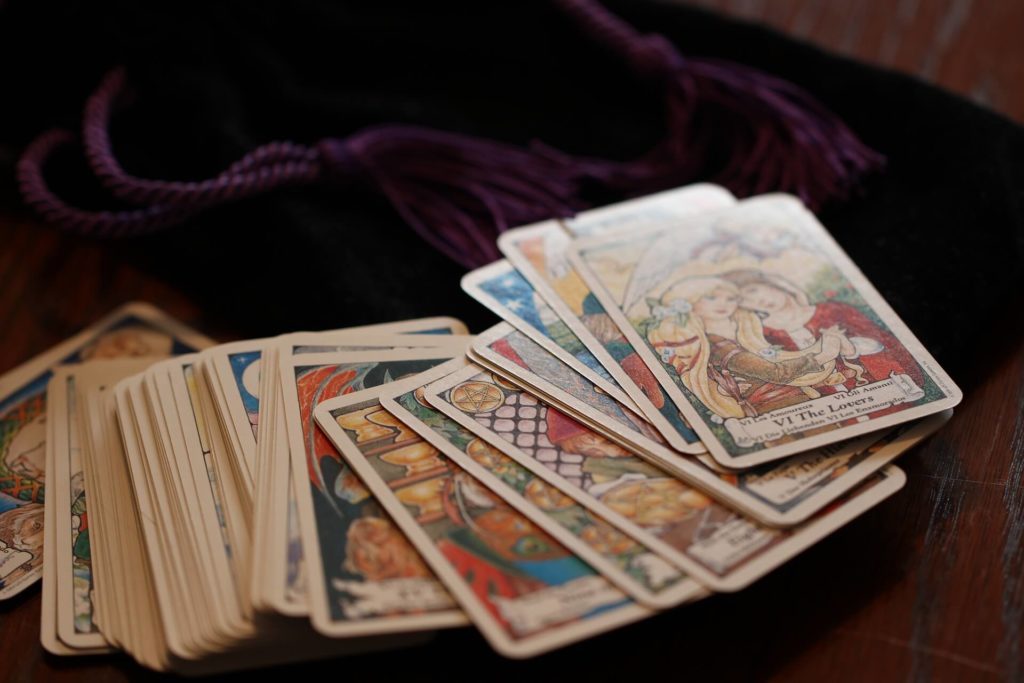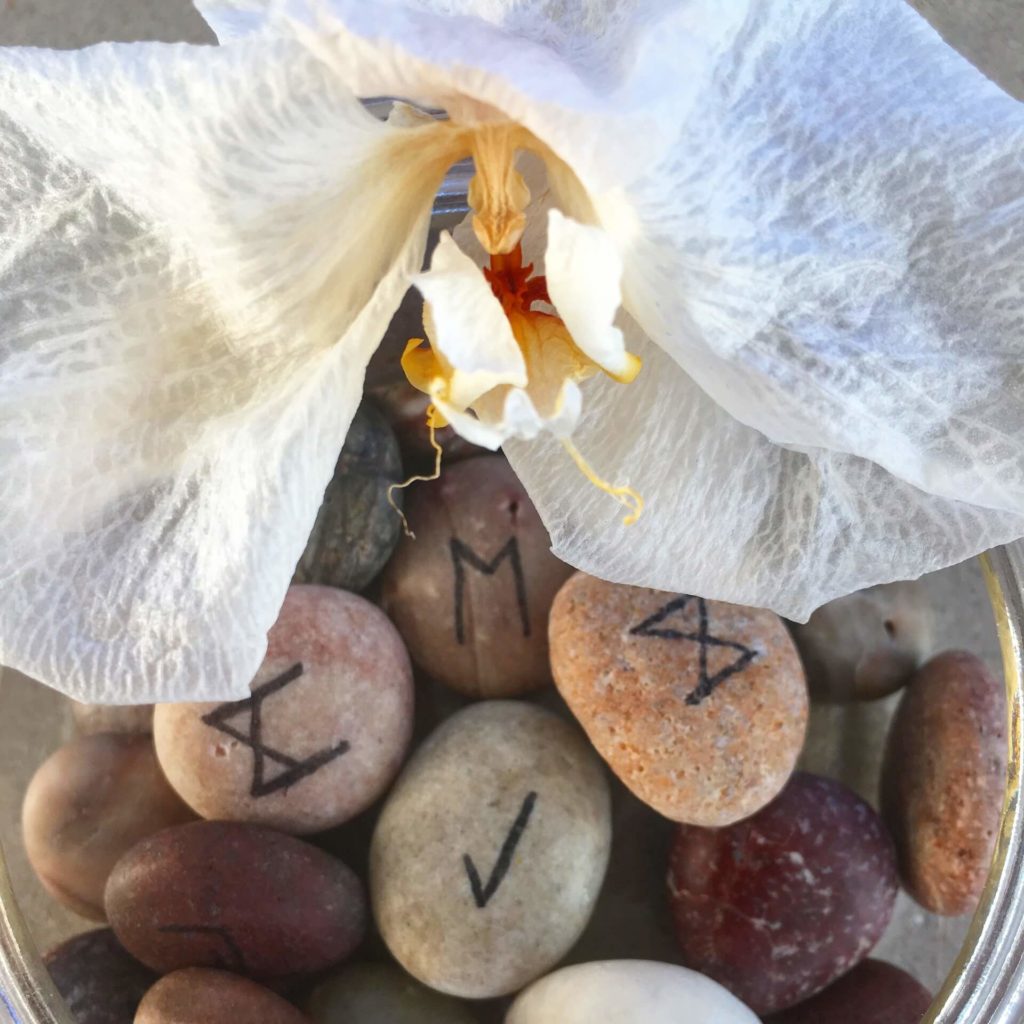Wicca In The Philippines

The Philippines is a predominantly Catholic country. This is the reason why a lot of Filipinos perceive Wicca and Witchcraft as something evil, dangerous, or satanic. Even before the spread of Catholicism and Christianity in the country, early Filipinos shared similar beliefs with Wicca. Let’s take a closer look at how Wicca connects with ancient religions, and how it flourished overtime in the Philippines.
Before Catholicism and Christianity
Before the arrival of Magellan in the Philippines back in the 1500s, indigenous tribes practiced a traditional religion called animism. Similar to paganism, animism centers on the interaction of humans with plants, animals, and inanimate objects.
Ancient Filipinos believed that these various objects are alive and are inhabited by spirits. Although similar to paganism, they associate those inanimate objects with spirits instead of deities.
Ancient Filipinos and indigenous tribes believed that a supreme creator god existed. These creators were known by different names depending on the region they came from. Tribes believed that the supreme god’s name was too sacred and became a distant figure to lower classes. To solve this, they created deities that were lower than the supreme god so the lower class can worship them.
Ancient Filipinos believed that certain gods and goddesses govern different aspects of nature, similar to paganism and shamanism. For instance, Ilocanos (people from the province of Ilocos) called their god of rain Apo Tudo. They also named the god of the sun, god of rice crops as and god of heaven. This belief of having gods in the different aspects of nature was important to ancient Filipinos. It reflected their everyday life of being heavily dependent on crops to survive in a country that was prone to natural disasters.
Similar to Wicca, practices of ancient Filipinos also followed principles of the moon and sun. Igorot tribes for instance, aligned important events such as hunting expeditions, wars, and celebrations with the phases of the moon. Ancient Filipinos practiced the sacrifice of animals and human blood, but also practiced bloodless offerings, just like Wicca practices. The bloodless offerings were in the form of supplications, and praises that were burned and placed on a sacred altar. Compared to Wiccan altars that are more modern and personalized, ancient Filipino altars used bamboo posts and wooden tables. Back then, ancient Filipinos sought the advice of Babaylan, a wise woman who practiced animism and shamanism in the Philippines.
Witches in the Philippines

When the Spanish colonizers entered the Philippines in the 1520s, the Babaylans were heavily persecuted for practicing witchcraft. Spanish priests and soldiers demonized these wise women so they could spread Catholicism in the Philippines.
A province in the Philippines called Siquijor is famous for being a haven of witchcraft and healers. Spanish voyagers called the province “Island of Witches” which gave the province a bad reputation. Today, witches and healers or mananambal preserve the culture of their province but majority of them also attend catholic church.
Siquijor conducts healing festivals where many tourists attend to seek alternative healing. According to Benjamin Haas, the mention of Siquijor is associated with healers, witches, and even stories of mythical creatures. Benjamin Haas also encountered a man practicing witchcraft named Cayetano Umbalsa. Most of his customers are people seeking revenge on their jealous spouses. Some seek love potions, the most dangerous potion by traditional healers, as it can be used for bad intentions. On the bright side, traditional healing is effective according to Richard Quezon, major of a Siquijor town. He claims that a healer from his town healed his rare skin condition that hospitals cannot even cure.
Siquijor is the third smallest province in the Philippines and is vulnerable to poverty. There is a big number of traditional healers in the province due high prices of health care, many cannot afford. This results in them turning to traditional treatments instead.
Wicca and Witchcraft in modern Philippines
Quiapo is a town in the heart of Manila, Philippines where catholicism, witchcraft, and sorcery meet. The town is popular for Quiapo Church – a church known to be the home of the Black Nazarene. However, quiapo is also known for having merchants that sell anting-anting or agimat (charms and amulets) and potions. It is also known to be a place where abortions happen or futures read by tarot card readers. It is quite ironic because of its close proximity to a catholic church.
In the pre-colonial era, the amulets are primarily for exorcism and removing hexes. Ancient Filipinos bless these objects by conducting rituals so their people can be protected. The amulets on hunters are beneficial. They are believed to give them unique powers, and give them protection during battles. Similar to Wicca, they also used spells for different purposes like love and healing.
Today, Witchcraft still has a bad reputation in Modern Manila and Wicca is still quite unknown by the public. However, in the age of digital age there are several communities on Facebook that practice Wicca and hold gatherings such as:
- Wicca Philippines (https://www.facebook.com/groups/123346547749047)
- Wicca Ph (https://www.facebook.com/wicca.ph/)
- Wicca Philippines – Wicca Witchcraft Paganism Philippines (https://www.facebook.com/groups/wiccawitchcraftpaganismphilippines/)
- Wicca and Paganism in the Philippines (https://www.facebook.com/groups/WiccansinthePhilippines/)
Wicca is small but growing in the Philippines and thanks to the internet, information about Wicca is readily available.
If you want to know where you can buy them here, visit Wiccan Online Shop. The first online shop in the Philippines that sells Wicca items.

